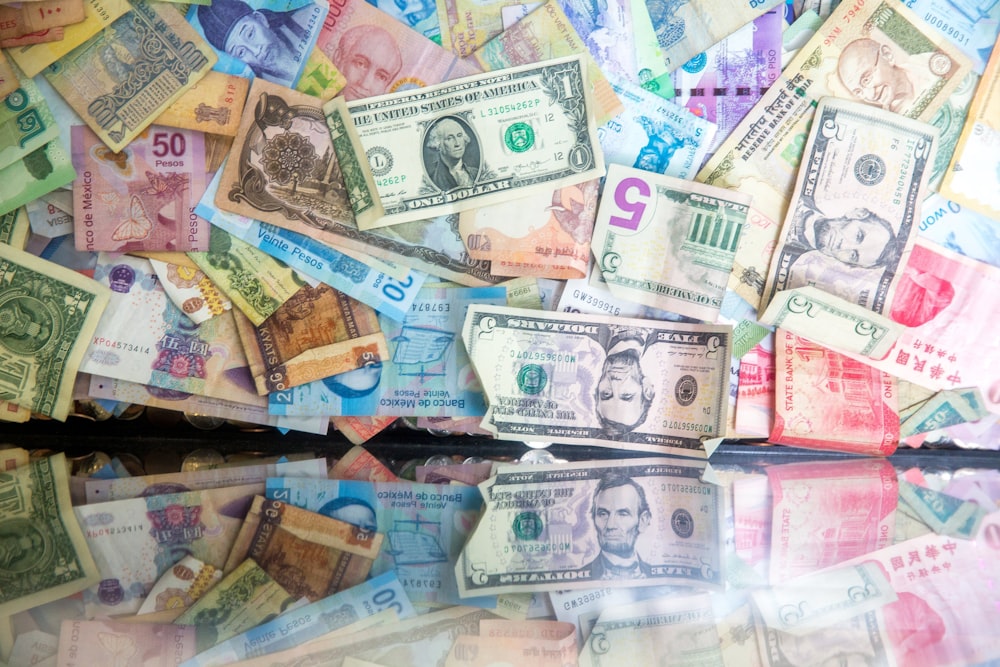

The Australian dollar has demonstrated remarkable resilience and vigor, charting a course of consistent gains throughout the week. As the European trading session unfolds, the AUD/USD pair exhibits a positive trajectory, currently stationed at 0.6534, marking a 0.24% rise on Friday. This ascent extends the currency’s streak to four consecutive sessions of gains, cumulatively amounting to an impressive 1.82% increase over the week.
Australia’s PPI Jumps to 4.3%, Exceeding Forecasts
The Australian economy has captured significant attention this week. This focus comes especially after the release of key economic indicators that have far exceeded market forecasts. Specifically, the Producer Price Index (PPI), a vital measure of inflation at the wholesale level, soared to 4.3% year-over-year in the first quarter of 2024. This figure not only surpasses the previous quarter’s 4.1% but also eclipses the market estimate pegged at a modest 2.6%. Additionally, the quarterly PPI maintained its pace at 0.6%, defying expectations and aligning with previous readings. This consistency further indicates sustained inflationary pressures.This revelation follows the first-quarter Consumer Price Index (CPI) report. Although the report shows a reduction to 3.6% from 4.1%, it remained above the anticipated 3.4%. The juxtaposition of rising producer costs and consumer prices suggests an impending transfer of financial burdens from producers to consumers. Consequently, this may fuel further inflationary trends. As a result, this scenario is poised to influence the Reserve Bank of Australia’s (RBA) monetary policy. It could potentially extend its “higher for longer” interest rate stance to curb inflation.
Strong Inflation Figures Could Extend RBA’s Rate Hikes
The robust inflation figures, comprising both CPI and PPI, are pivotal in shaping the RBA’s monetary strategy. The persistent inflationary pressures may prompt the RBA to consider extending the duration of elevated interest rates, potentially quelling consumer spending. Furthermore, the environment might foster discussions around potential rate hikes as policymakers remain vigilant against a resurgence in inflation. This monetary tightness aims to anchor inflation closer to the RBA’s target of 2%, mirroring the challenges faced by the Federal Reserve in its own inflation management.As the week concludes, market participants turn their attention to the US Core PCE Price Index, the Federal Reserve’s preferred inflation barometer. Expectations lean towards a moderation of this index to 2.6% year-over-year in April, a slight decrease from the previous 2.8%. Monthly figures are anticipated to hold steady at 0.3%. This data will provide further insights into the inflation trajectory in the US, sufficiently robust to delay any immediate rate reductions by the Fed.In the forex markets, the Australian dollar’s strength is testing resistance levels, with potential targets at 0.6555 and 0.6618 on the horizon. Should the momentum persist, support levels at 0.6487 and 0.6424 may serve as critical junctures in the currency’s upward journey. This week’s performance of the AUD/USD is a testament to the intertwined dynamics of economic indicators and monetary policy, underscoring the complexities and the vigilant monitoring required in today’s economic landscape.More By This Author:Intel’s $12.7B Q1 Surge Amid New Financial Model
Gold And Silver: The Price Of Gold Crosses The $2350 Level
Housing Expenses Rise by Up to 12% After ECB Rate Increases















